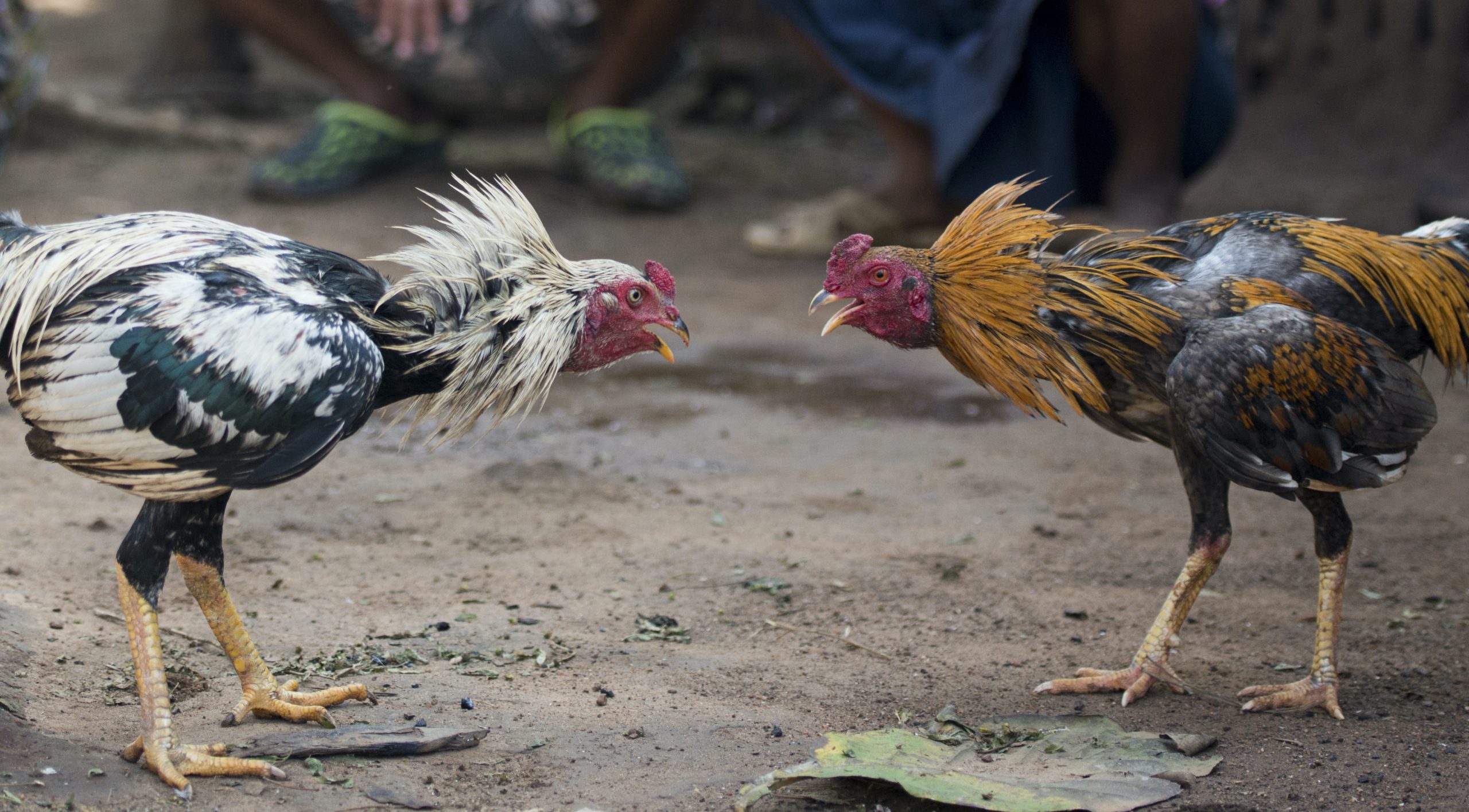
In numerous cultures around the world, the activity of fighting roosters has been a time-honored custom, frequently wrapped in both intrigue and controversy. This time-honored sport pits specially bred roosters against each other in a confrontation that demonstrates not only their physical prowess but also the expertise and tactics of their handlers. The allure of these fighting breeds lies in their impressive genetics, training techniques, and the strongly established community ties that come with the events.
Over history, cockfighting has evolved from a rural pastime into a event drawing in enthusiasts, gamblers, and spectators alike. In specific regions, these events are marked with an air of celebration, while in different areas, they face legal challenges and moral questions. As we examine the rise of fighting breeds and their impact on this multifaceted sport, it becomes clear that the roosters of notoriety have become far more than mere fighters; they represent the complex fabric of cultural significance and social interaction surrounding the activity of cockfighting.
Chronicles of Rooster Fighting
Cockfighting has ancient roots that can be linked back many of years. Evidence suggests that the practice began in Southeast Asia, with some of the earliest records pointing to its widespread appeal in historical civilizations like the Indian subcontinent and the Persian Empire. The sport soon expanded to various parts of the world, including Greece and the Roman Empire, where it was not only a form of leisure but also a way for fighters to demonstrate their courage and expertise in combat. As it made its way through different cultures, rooster fighting transformed and changed, turning into a part of social and cultural events.
In medieval times in Europe, rooster fighting became increasingly popular among the nobility, who often arranged lavish events around the sport. These events were not just a test of the birds’ combat skills but also a social occasion where viewers would bet on the outcomes, introducing a layer of thrill to the occasion. The cultivation of combat birds also became more pronounced in this era, as enthusiasts sought to create more powerful birds, leading to the creation of unique breeds specifically for the battles.
With the arrival of the modern era, rooster fighting faced both legal and moral scrutiny, particularly in the 19th and 20th centuries as animal welfare movements gathered momentum. Despite such obstacles, the sport has maintained a community in different regions, especially in parts of Latin American countries and Asia. Today, while some countries have banned cockfighting, many continue to support it as a cultural practice, highlighting the enduring legacy of this ancient contest between fighting birds.
Raising Combat Cocks
Breeding combat cocks demands a thorough understanding of heredity and the traits that affect to a rooster’s performance in the ring. Breeders typically look for traits such as aggression, stamina, and intelligence, as these qualities can significantly influence a rooster’s ability to fight. Selecting the right lineage is crucial; many proficient breeders rely on established bloodlines recognized for producing winners. This approach often involves meticulous mating strategies to enhance desirable traits while minimizing weaknesses.
Another essential aspect of raising combat cocks is the setting in which they are raised. Young birds need to be nurtured in a manner that encourages robust growth and fighting instincts. This includes proper nutrition, interaction with other birds, and exposure to different stimuli that develop their instincts. Breeders frequently adopt training programs that expose young roosters to both physical challenges and engagements with more expert fighters, building confidence and skill.
Moreover, ethical practices in raising should not be overlooked. While the emphasis is on enhancing performance, responsible hatchers also take into account the well-being and safety of the birds. This involves preventing inbreeding, ensuring availability to veterinary care, and providing a secure and ethical living space. As public perceptions of cockfighting evolve, breeders may also start to adapt their methods to align with these moral principles while still pursuing the goal of producing strong, fierce cocks.
This Ethics and Controversy
The world of cockfighting is filled with moral challenges and controversies that have sparked heated debates among animal welfare advocates, enthusiasts, and the general public. Opponents of cockfighting argue that it is a brutal sport that causes unnecessary suffering and pain to the animals involved. Critics highlight the physical harm inflicted on roosters during fights, often resulting in grave harm or death. The practice raises significant questions about the welfare of animals and the moral implications of using animals for entertainment.
Supporters of cockfighting, however, assert that it is a traditional cultural practice deeply rooted in specific cultures. They argue that when conducted within regulated environments, with proper care and focus on animal welfare, it can be viewed as an aspect of agricultural traditions. RR88 Advocates also emphasize the relationships formed between breeders and their birds and the skill involved in raising and training combat birds. This perspective considers cockfighting as a competitive sport rather than mere cruelty, engendering loyalty and pride among its followers.
As laws surrounding animal fighting tighten across many regions, the future of cockfighting remains ambiguous. While some jurisdictions allow it under specific regulations, others have criminalized the practice entirely. This legal landscape fuels continuing debates about the tension between cultural heritage and changing societal values regarding animal rights. As interest in ethical treatment of animals grows, the spotlight on cockfighting generates pressing questions about the sustainability of such traditions in a transformed society.